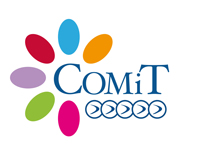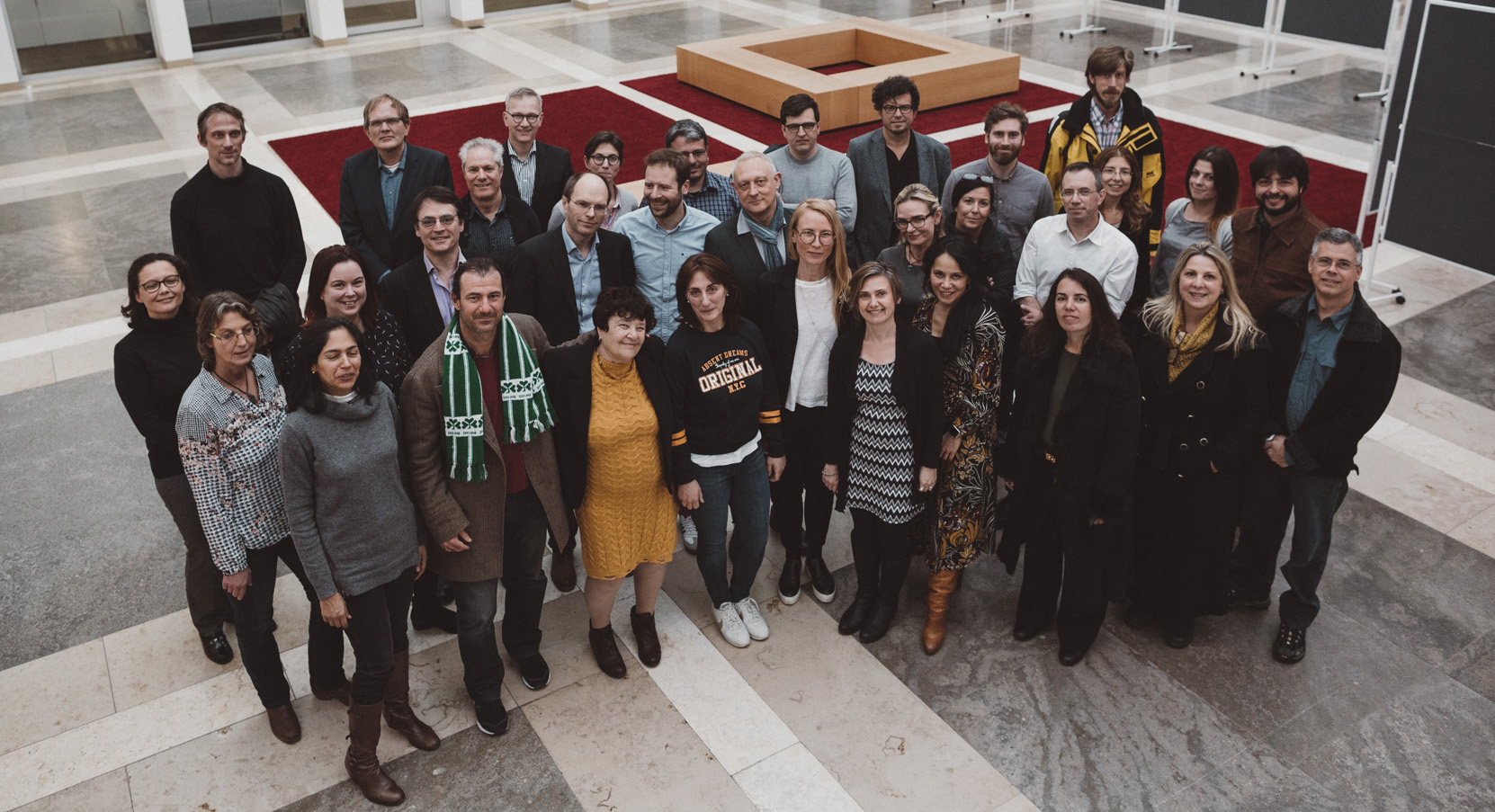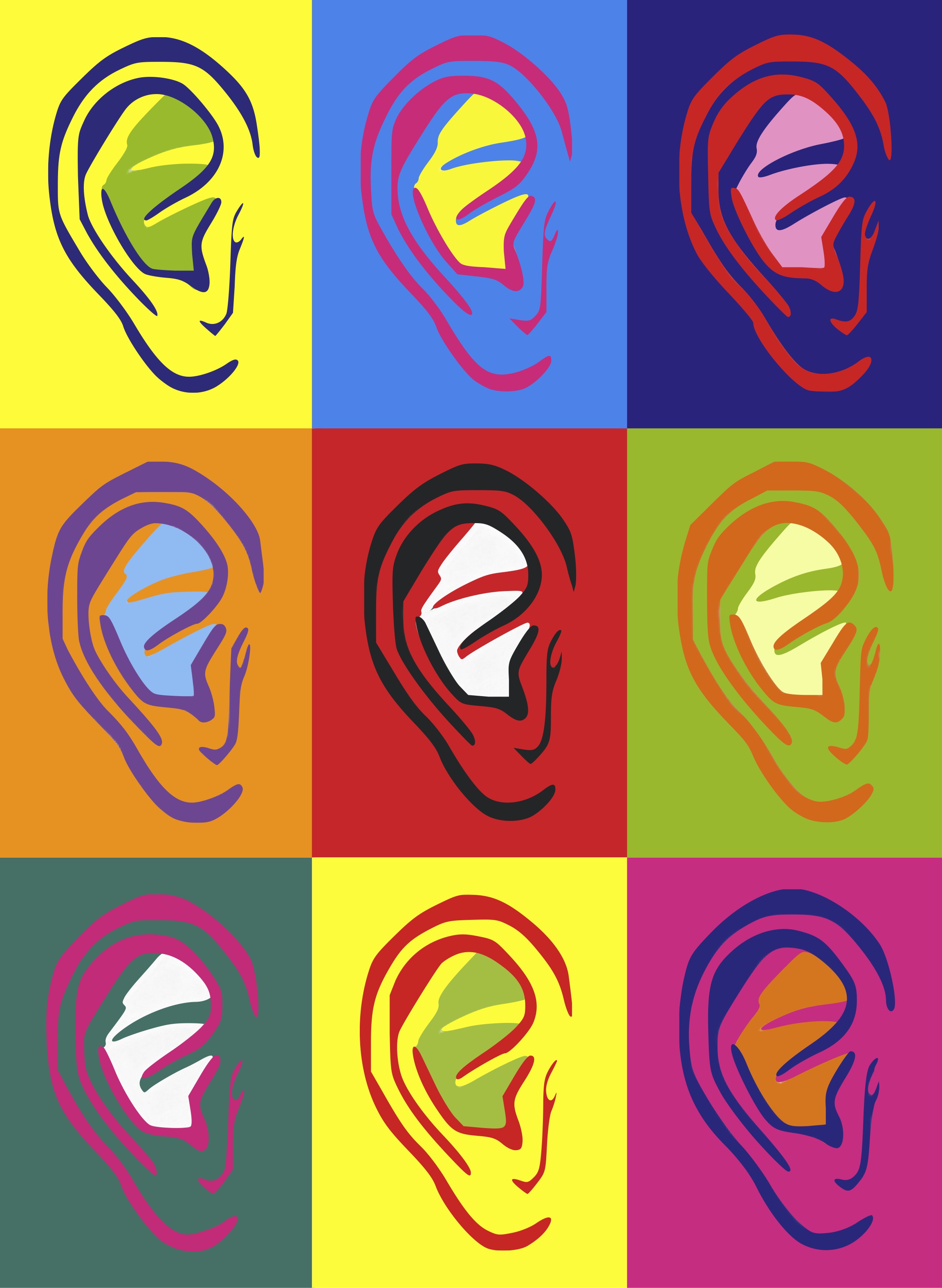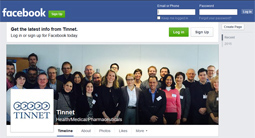 The University Hospital Zurich and the Department of Psychiatry and Psychotherapy of the University of Regensburg have been working closely together for years. From this collaboration, two new papers have been published dealing with different treatment approaches in tinnitus.
The University Hospital Zurich and the Department of Psychiatry and Psychotherapy of the University of Regensburg have been working closely together for years. From this collaboration, two new papers have been published dealing with different treatment approaches in tinnitus.
Guentensperger et al Hindawi Neuroplasticity Vol 2019: Investigating the Efficiacy of an Individualized Alpha/Delta Neurofeedback Protocol in the Treatment of Chronic Tinnitus
First attempts have shown that the application of alpha / delta neurofeedback in the treatment of chronic tinnitus leads to a reduction of symptoms at the group level. However, recent research also suggests that chronic tinnitus is a decidedly heterogeneous phenomenon, one that requires treatment of distinct subgroups or even on an individual level. Thus, the purpose of this study was to evaluate an individually adjusted alpha/delta neurofeedback protocol read the whole article
Neff et al Trends Hear. 2019 Jan-Dec;23: Comparison of Amplitude Modulated Sounds an Pure Tones at the Tinnitus Frequency: Residual Tinnitus Suppression and Stimulus Evaluation
Recent studies have compared tinnitus suppression, or residual inhibition, between amplitude- and frequency-modulated (AM) sounds and noises or pure tones (PT). Results are indicative, yet inconclusive, of stronger tinnitus suppression of modulated sounds especially near the tinnitus frequency. Systematic comparison of AM sounds at the tinnitus frequency has not yet been studied in depth. The current study therefore aims at further advancing this line of research by contrasting tinnitus suppression profiles of AM and PT sounds at the matched tinnitus frequency read the whole article



 Since 1971, international research networks have received financial support through the funding instrument COST (European Cooperation in Science and Technology). The aim is to bring researchers and experts together across national borders, disciplines and professions in order to meet the diverse requirements of the scientific, technical and social challenges of contemporary Europe. From May 2014 to April 2018, the Action TINNET, administered by the University of Regensburg, was funded within the framework of this COST programme, which has been awarded a
Since 1971, international research networks have received financial support through the funding instrument COST (European Cooperation in Science and Technology). The aim is to bring researchers and experts together across national borders, disciplines and professions in order to meet the diverse requirements of the scientific, technical and social challenges of contemporary Europe. From May 2014 to April 2018, the Action TINNET, administered by the University of Regensburg, was funded within the framework of this COST programme, which has been awarded a  From more than 400 outstanding article collections published in 2017, 10 finalists are now in the running for the 2
From more than 400 outstanding article collections published in 2017, 10 finalists are now in the running for the 2
